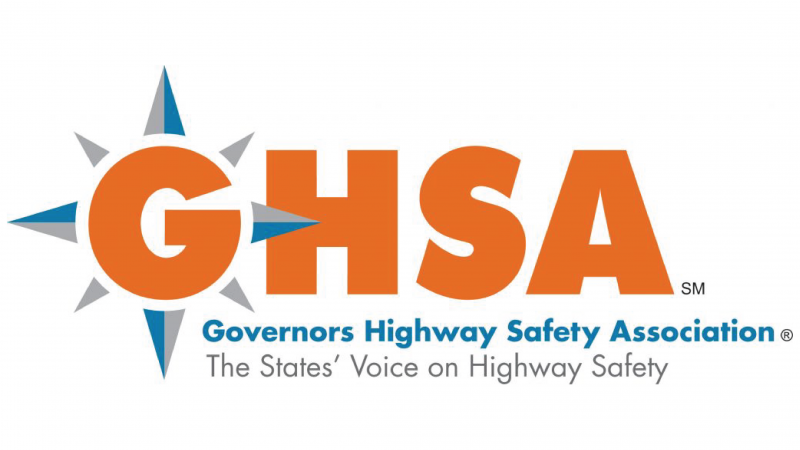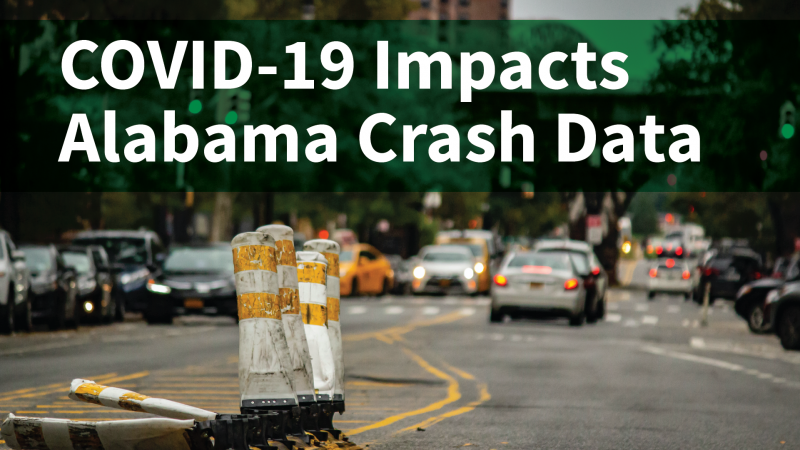Autonomous Road Vehicles and Law Enforcement: Identifying High-Priority Needs for Law Enforcement Interactions With Autonomous Vehicles Within the Next Five Years
Autonomous vehicles (AVs) promise many benefits, but questions remain about how law enforcement (LE) officers will interact with them. Officers likely will encounter new challenges related to technology, procedures, and constitutional authorities. To better understand the potential challenges of LE interaction with AVs, the RAND Corporation and the Police Executive Research Forum, on behalf of […]


